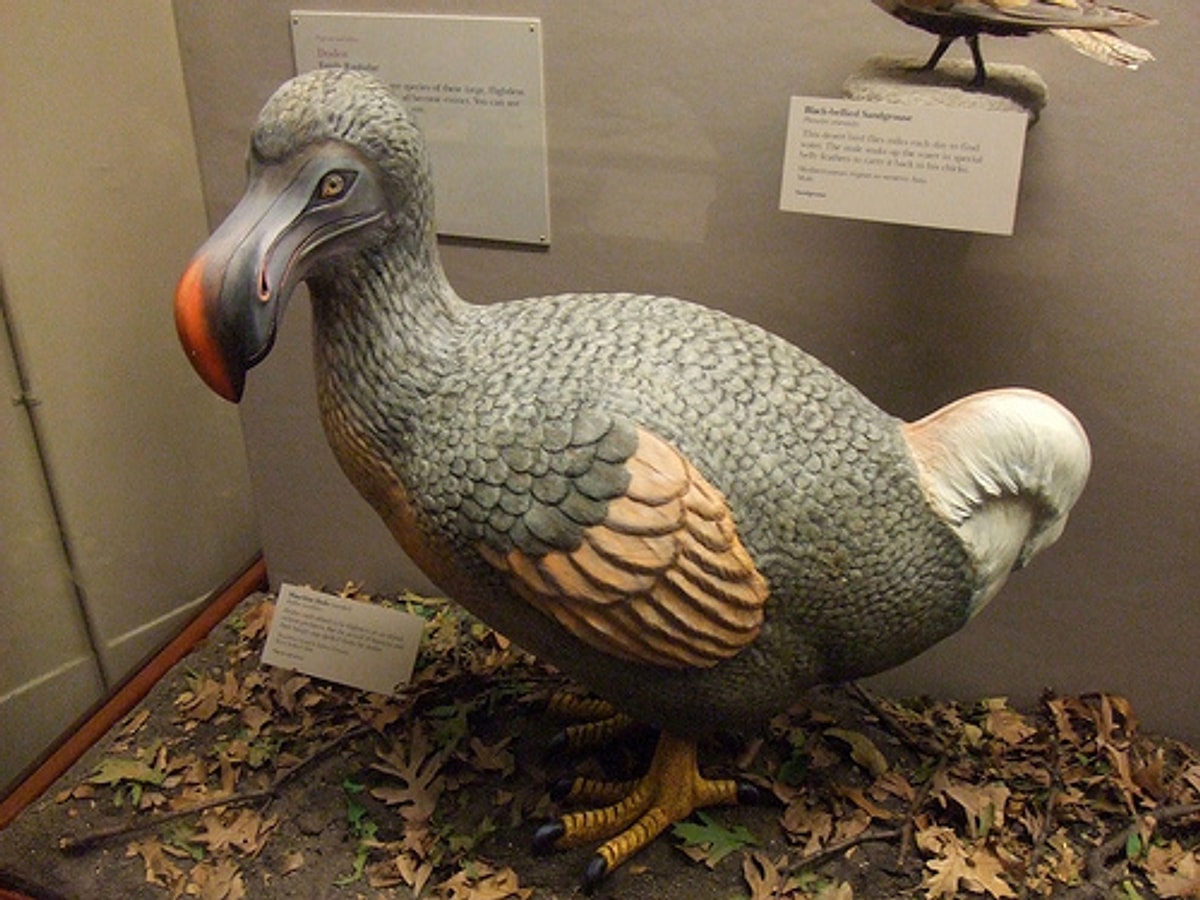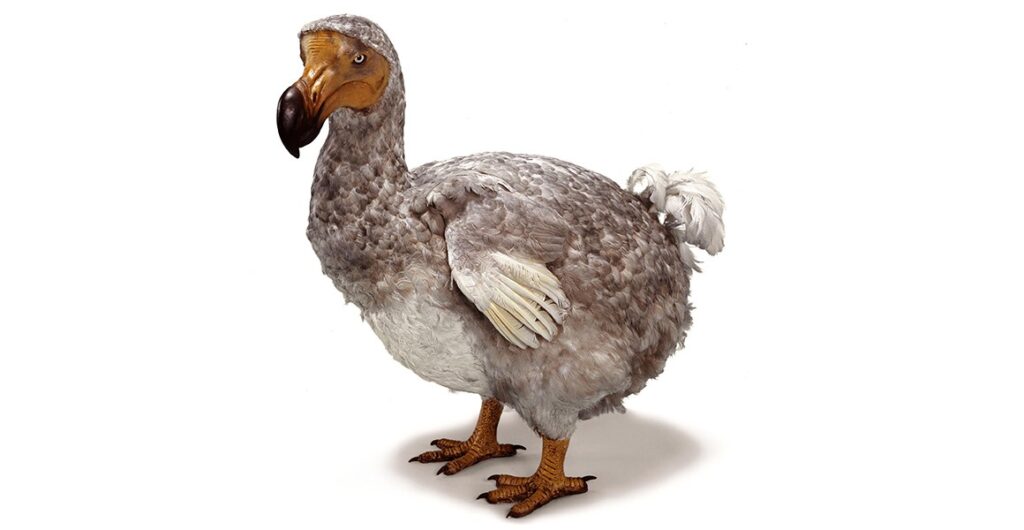The dodo, a flightless bird that famously went extinct in the late 1600s, has become synonymous with extinction itself. Known for its unique appearance, the dodo was native to the island of Mauritius, located in the Indian Ocean. While the bird’s abrupt disappearance is often framed in the context of human impact and ecological disruption, there is still much to learn about the role the dodo played within its ecosystem before it vanished. By exploring the ecological functions of this peculiar bird, we gain insight not only into the past but also into the complex nature of island ecosystems and the devastating consequences of introducing invasive species.
The Dodo’s Habitat and the Role of Island Ecosystems
Mauritius, the home of the dodo, was a relatively isolated island before human settlement. The island’s ecosystem evolved in a unique way, with plants and animals that were adapted to the absence of large predators. This created an environment where species could thrive without the constant threat of predation, and many species had few natural defenses. The dodo, a large, flightless bird, is thought to have evolved without the need to fly due to the lack of natural predators. It lived on fruits, seeds, and roots, and was an herbivore that had few to no natural enemies.
In such an environment, the role of the dodo was integral to the delicate balance of this island ecosystem. Its interactions with plants and other species likely had a significant impact on the biodiversity of the region, shaping the composition of the island’s flora and fauna. However, as is often the case with island ecosystems, the arrival of humans and their associated animals caused a dramatic shift in the balance, leading to the dodo’s extinction and the collapse of certain ecological processes it had been a part of.
Seed Dispersal: A Crucial Ecological Function
One of the most significant roles that the dodo played in its ecosystem was as a seed disperser. Many plants in Mauritius, particularly those with large, tough seeds, relied on animals like the dodo to help with their reproduction. The dodo is thought to have consumed a variety of fruits and seeds, including those of the now-extinct Ravenala madagascariensis (also known as the traveler’s tree). After ingesting the seeds, the dodo would travel long distances across the island, and the seeds would pass through its digestive tract. In many cases, the seeds would be deposited far from the parent plant in a new environment, where they could germinate and grow.
Seed dispersal is an essential ecological process that maintains plant diversity. When the dodo disappeared, many of the plants that relied on it for seed distribution likely faced challenges in reproducing and spreading. Without the dodo, these plants may have seen a decline in numbers or gone extinct themselves. This disruption to the plant community could have had cascading effects on the entire ecosystem, influencing the availability of food for other animals, changing the structure of the forest, and altering the habitats available to other species.
The Dodo’s Relationship with Other Species
In addition to its role as a seed disperser, the dodo likely interacted with a variety of other species in its ecosystem. These interactions, although not entirely understood, may have included competition for resources, as well as potential relationships with other herbivores or scavengers.
It is believed that the dodo’s large size and flightlessness made it a relatively passive species, potentially leading to interactions that were less aggressive compared to more territorial animals. Its primary competition for food would have come from other herbivores or omnivores, though its distinct size and ecological niche likely meant the dodo did not face significant predation.
Furthermore, the dodo may have played a role as a food source for larger carnivores, such as birds of prey. While there is no direct evidence that the dodo was regularly hunted by other animals, its large size and sedentary nature would have made it vulnerable to the predation pressure brought by humans, as well as non-native animals like rats, pigs, and monkeys introduced by sailors.
The Dodo and the Anthropocene
The dodo’s extinction serves as one of the earliest and most poignant examples of the consequences of human intervention in natural ecosystems. The arrival of humans on Mauritius brought about massive changes to the island’s flora and fauna. Early settlers brought with them new animals, including rats, pigs, and monkeys, which competed with native species like the dodo for food resources. These invasive species not only caused the destruction of nests and the consumption of eggs but also preyed on young dodos and their food sources.
The impact of human activity went beyond the direct hunting of the dodo. The clearing of land for agriculture and settlement led to habitat loss, further pushing the bird toward extinction. In a mere few decades, the dodo population plummeted, and by the end of the 1600s, it had been wiped from existence.
The extinction of the dodo is a stark reminder of the fragile balance within island ecosystems and the irreversible damage that human intervention can inflict on native species. The loss of the dodo illustrates how the disappearance of even one species can unravel the entire web of an ecosystem, affecting plants, animals, and even ecological processes like seed dispersal.

Conclusion: The Dodo’s Legacy
While the dodo may no longer roam the island of Mauritius, its legacy lives on in the lessons it offers about the interconnectedness of life and the devastating effects of ecological disruption. The role the dodo played in its ecosystem, particularly in seed dispersal, highlights how even seemingly simple species contribute to the complexity of ecological networks. Its extinction is a poignant reminder of the fragility of island ecosystems and the long-lasting effects of human-driven changes to biodiversity. Understanding the dodo’s place in the ecosystem of Mauritius can help us appreciate the delicate balance of nature and the responsibility we hold in protecting the biodiversity of the world today.



